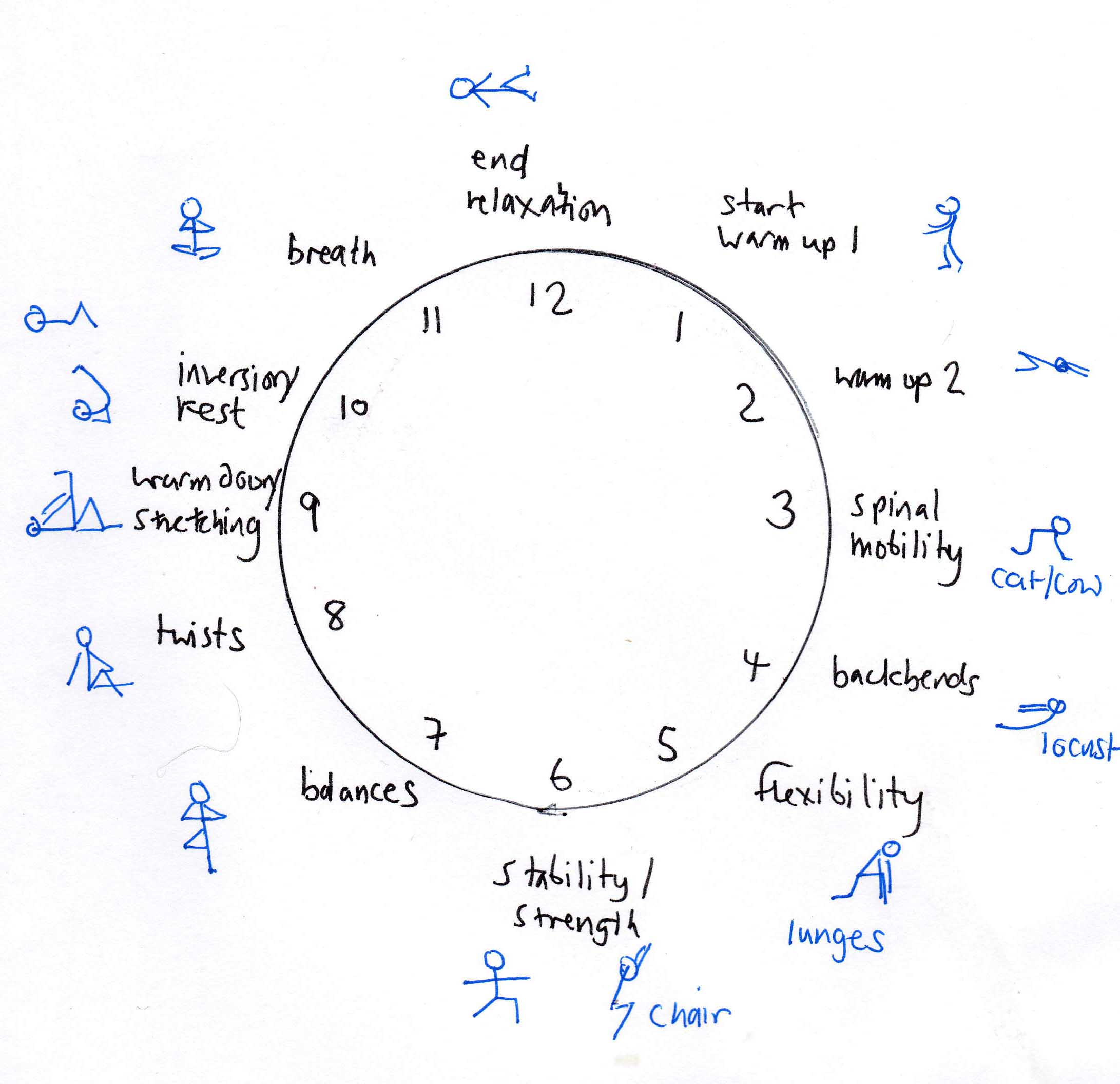Published: Feb 9, 2017 by Lucy Tennyson
Blog and class notes 9 February 2017
Most of us are drawn to yoga because we want to become more flexible and maintain mobility. However, yoga tends to attract already flexible people, while those with tighter bodies can be put off (especially if the class brings out our more competitive edge!).
Those of you who come to my classes, will know how much I discourage this aspect of modern yoga. If you (like me) fall into the latter category there is even MORE reason to take up yoga.
Yoga is a holistic discipline working on the mind body. This is something that distinguishes yoga from most other forms of exercise.
This week, we focussed on asanas (or postures) that involved some deep stretches. But, although you might think that flexibility comes about as a result of doing more and deeper stretches, it isn't quite as simple as that.
Many people think stretching is essential: runners stretch their hamstrings before hitting the pavement, gymnasts do deep splits during their warm-ups - and yogis wind down their practice with some forward bends.
But does stretching really prevent tight hamstrings and stiff shoulders? And if so, how? It turns out that scientists don't fully understand what happens during a stretch.
Yoga will make you more flexible, but we are still not sure how, as it appears that stretching doesn't actually make muscles permanently longer.
Instead, it may be that exercises such as reaching for your toes train the nervous system to tolerate a greater degree of muscle extension without firing off pain signals. This means traditional, passive stretches may not always be the best way to accomplish that task.
The nervous system is the master conductor determining how far a person can stretch, it appears. These nerves will tell the brain 'you better stop stretching, because if you stretch further, the muscle might be damaged.
That's why a person under anaesthesia, whose nerves are quieted, can be stretched through a full range of motion with no resistance. And healthy babies are born able to do the splits, because they haven't developed a blueprint for ranges of motion that feel unsafe.
Those repeated poses we do in yoga work on more than just a physical level, retraining the nervous system to be quiet at deeper levels of stretch, a process known as stretch tolerance. It's a mind and body thing, and that's what is special about a yoga practice.
Below is a reminder of some of the stretches we did in class this week.

